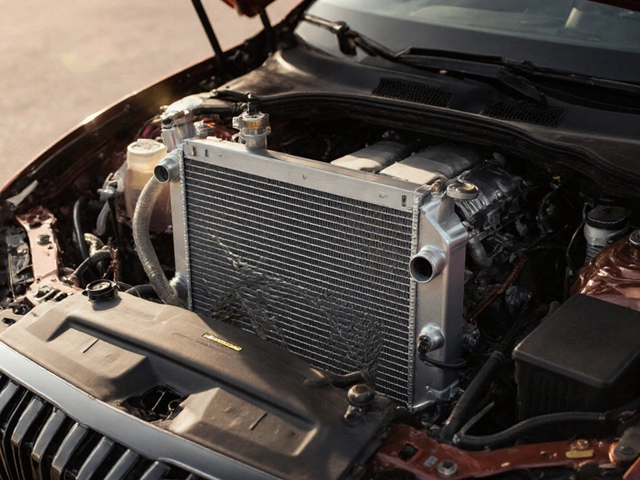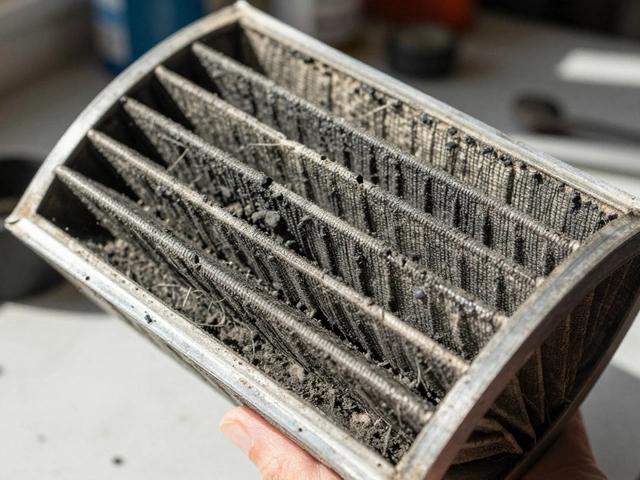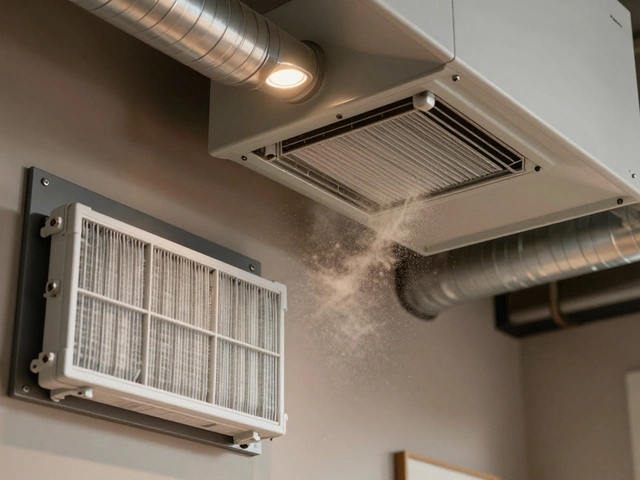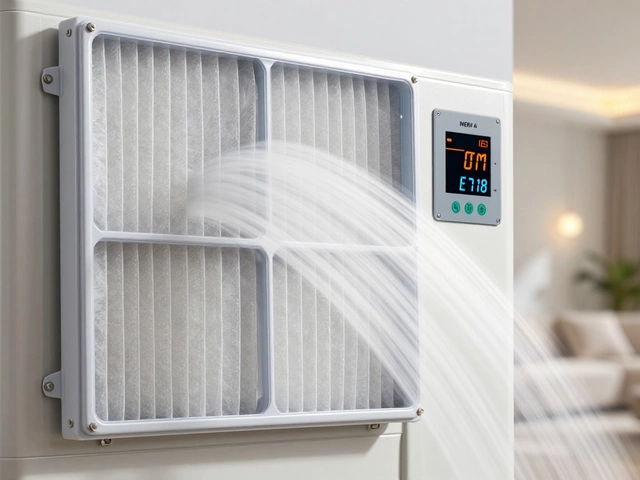
Before dropping cash on a cat back exhaust, you want straight talk, not fancy jargon. So here's the deal: a cat back system replaces everything from the catalytic converter to the muffler. That's the pipes, resonator, and often the muffler—basically the back half of your exhaust. You keep your stock catalytic converter, so emissions aren't messed with.
Why do so many car guys talk about cat backs? It's mostly about extra power, better sound, and in some cases, style. But before you take the plunge, it's smart to know how much difference it really makes, and if it's just going to drain your wallet for bragging rights you can't actually feel when you drive.
- What Is a Cat Back Exhaust System?
- Performance Gains: Hype vs Reality
- Sound and Driving Experience
- Cost, Installation, and Real Value
What Is a Cat Back Exhaust System?
When people toss around the term cat back exhaust, they’re talking about a specific part of your car’s exhaust system. This setup starts right after the catalytic converter—or “cat”—and runs all the way to the tailpipe. Everything from the cat to the back of the car gets swapped: that usually means new mid-pipes, resonators, and a fresh muffler. Your catalytic converter stays put, so you’re still meeting emissions rules.
The main reason folks pick a cat back is simple: it’s an easy way to change your car’s sound, looks, and sometimes performance without messing with emissions gear. Unlike a header or downpipe upgrade, cat backs don’t usually trigger the dreaded check engine light either.
Here’s what you usually get in a cat back kit:
- Mandrel-bent piping for smoother airflow
- One or more resonators (helps with sound tone)
- Mufflers designed to tune or amplify engine sound
- Polished or styled exhaust tips
- All the clamps and hangers you need for install
Mandrel-bent pipes are a big deal. Unlike pipes bent with a cheap press, they stay the same diameter even around corners. That means exhaust gases don’t get choked up, and sometimes, your engine can push them out a little faster. With less restriction, there’s a chance for a small bump in horsepower and torque—as long as the rest of your engine can take advantage of it.
People choose cat back setups for reasons beyond numbers. You get options for sound, whether that’s deep and rumbly or sportier and aggressive. It’s also about style—some kits come with bigger or fancier tips that really change the rear look. And for DIY types, most cat back kits are bolt-on, so skipping the local shop is no big deal if you’ve got jacks and basic tools.
Want a quick look at what’s included? Here’s a snapshot of a typical kit:
| Part | Included? |
|---|---|
| Pipes (mid/rear section) | Yes |
| Resonator | Usually |
| Muffler | Yes |
| Exhaust tip(s) | Yes |
| Catalytic converter | No |
If you’re after a simple upgrade that’s not extreme but still brings a noticeable difference in your car’s sound and sometimes performance, a cat back is a go-to mod. Just don’t expect miracles, and watch out for fake claims online.
Performance Gains: Hype vs Reality
Everybody wants more horsepower, right? That’s the whole draw with a cat back setup. But here’s the reality: a cat back isn’t magic. Swapping pipes behind the catalytic converter will not turn your Civic into a race car. On most stock engines, the boost you’ll see is somewhere between 2 to 10 horsepower. If your car already has a free-flowing factory exhaust, expect gains toward the low end of that range.
On turbocharged cars, you might squeeze out a bit more since backpressure really matters there. A dyno test on a stock WRX with just a cat back exhaust system showed a bump of 5-7 HP and about the same for torque. Not earth-shattering, but it’s something you can feel if you pay close attention below 4000 RPM.
There’s another side of the story—not all gains are about raw numbers. Better throttle response is something most owners actually notice day to day. The engine breathes easier, so it feels a little snappier when you hit the gas. Acceleration may feel smoother, especially on uphill roads or quick merges.
- If your ride is mostly stock, don’t expect miracles from swapping to a cat back.
- Paired with other mods (cold air intake, tuned ECU), you’ll see more noticeable results.
- On trucks and V8s, cat backs often have a stronger benefit than on four-bangers.
One last thing: fuel economy might nudge up, especially on the highway. It’s not a guarantee, but some owners report an extra 1 or 2 MPG when cruising steady after the swap.
| Vehicle Type | Expected HP Gain |
|---|---|
| Four-cylinder (stock) | 2-5 HP |
| Turbocharged (stock) | 5-10 HP |
| V6/V8 (stock) | 5-15 HP |
The verdict? The performance boost is real, but don’t expect a night-and-day difference—unless you’re already stacking other power upgrades on top.
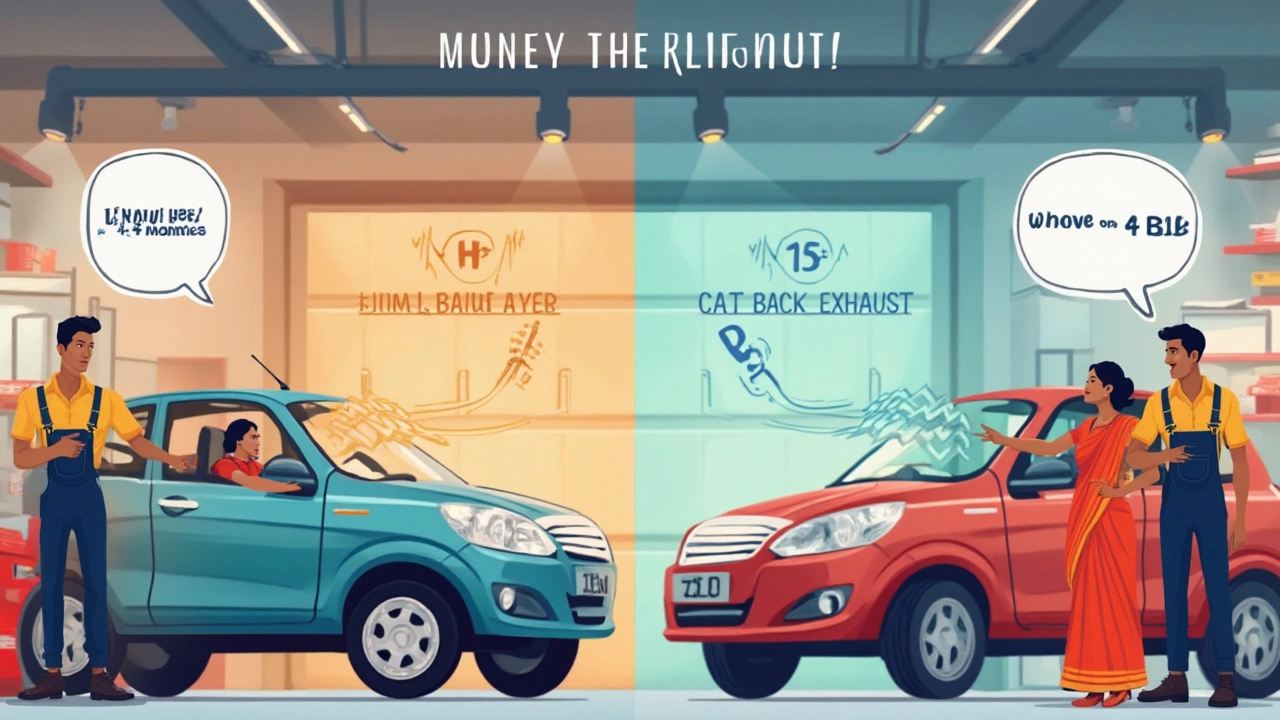
Sound and Driving Experience
Let’s cut right to it—most people bolt on a cat back for the noise. It’s one of the easiest exhaust upgrades that’ll change the way your car sounds, sometimes dramatically. With a good cat back, your car can go from quiet commuter mode to a throaty purr, burble, or even a raspy race-car note. It all depends on the brand and design. Some come mild; others are loud enough to set off alarms.
Here’s something you probably didn’t know: the sound difference doesn’t just depend on the system—it hinges on your car’s engine. A turbo-4 will never sound like a V8, no matter how many dollars you throw at the exhaust. And while some cat back systems come with adjustable valves to tweak the volume, most are just bolt-on and go.
On the road, you’ll feel more than just the sound. A properly designed system can actually smooth out the flow, which sometimes means a slightly quicker throttle response. That crisp sound under acceleration? It’s addictive. But beware: some setups drone at highway speeds, which gets old fast. If you do a lot of road trips, look for systems that use resonators to keep things quieter in the cabin.
- If you’re driving a late-model Ford Mustang, a cat back can make it sound way meaner, even without any other mods.
- Toyota Tacoma owners often add one to get more growl and less minivan.
- On older Subarus, cat backs add that trademark "boxer rumble" that fans love.
Want a quick comparison of popular setups? Check out this table featuring well-known cat back options and their usual sound profiles:
| Make/Model | Popular Cat Back Brand | Sound Profile |
|---|---|---|
| Mustang GT | Borla S-Type | Deep, aggressive, minimal drone |
| WRX | Cobb | Grunty, signature "boxer" note |
| Civic Si | Invidia | Lively, sharper tone |
| F-150 | Flowmaster | Loud, old-school muscle truck |
If you want a noticeable change every time you press the throttle, a cat back is a sure bet. Just know what you’re signing up for, because ear-splitting exhaust on a daily driver gets old fast unless you really love the extra attitude every single day.
Cost, Installation, and Real Value
The price for a cat back exhaust can swing wildly—you’ll find kits for $350 online, but name brands and stainless steel could run $1,000 or more. Most people spend around $600 to $900 for something solid that’ll last, not rattle apart in a year. Don’t forget labor. If you’re not wrenching it in your driveway, shop time will usually tack on $120 to $300 depending on your ride and local rates.
Installing a cat back isn’t rocket science, but you still need ramps or a lift, basic hand tools, and an extra set of hands helps a lot. Most kits are bolt-on, so you’re not cutting or welding if you buy right. Here’s what usually goes down:
- Raise your car securely.
- Unbolt the old exhaust (spray those rusty bolts!)
- Hang the new pipes and line up the flanges.
- Tighten everything, check for leaks, and you’re set.
Want to know if the upgrade is worth it? Don’t just look at horsepower promises. Yes, a cat back can free up air flow, but on most stock engines you’re talking 5-15 extra hp—not a gut-punch difference. The real value is in sound and longevity. Stainless steel systems often last a decade or more, and that throaty tone is what gets most people excited.
| Cost Breakdown | Low End | High End |
|---|---|---|
| Cat Back Kit | $350 | $1200+ |
| Professional Install | $120 | $300 |
| Total Typical | $470 | $1500+ |
Worried about resale? A quality cat back from big brands like Borla, Magnaflow, or Flowmaster can pay off. As Car and Driver wrote,
"An aftermarket exhaust is one of the few mods that can add both perceived and actual value to your ride if installed cleanly and documented well."So keep your receipts, and take pictures of the install. If you keep your stock parts, you can always put things back if you change your mind—or if picky buyers want it stock again.
And here’s a pro tip: Don’t chase the cheapest kit online. Cheap welds crack, thin pipes rust out, and some kits drone on the highway so bad they make your ears ring. Buy proven brands, read user reviews, and if in doubt, ask around your local car group before you buy.


